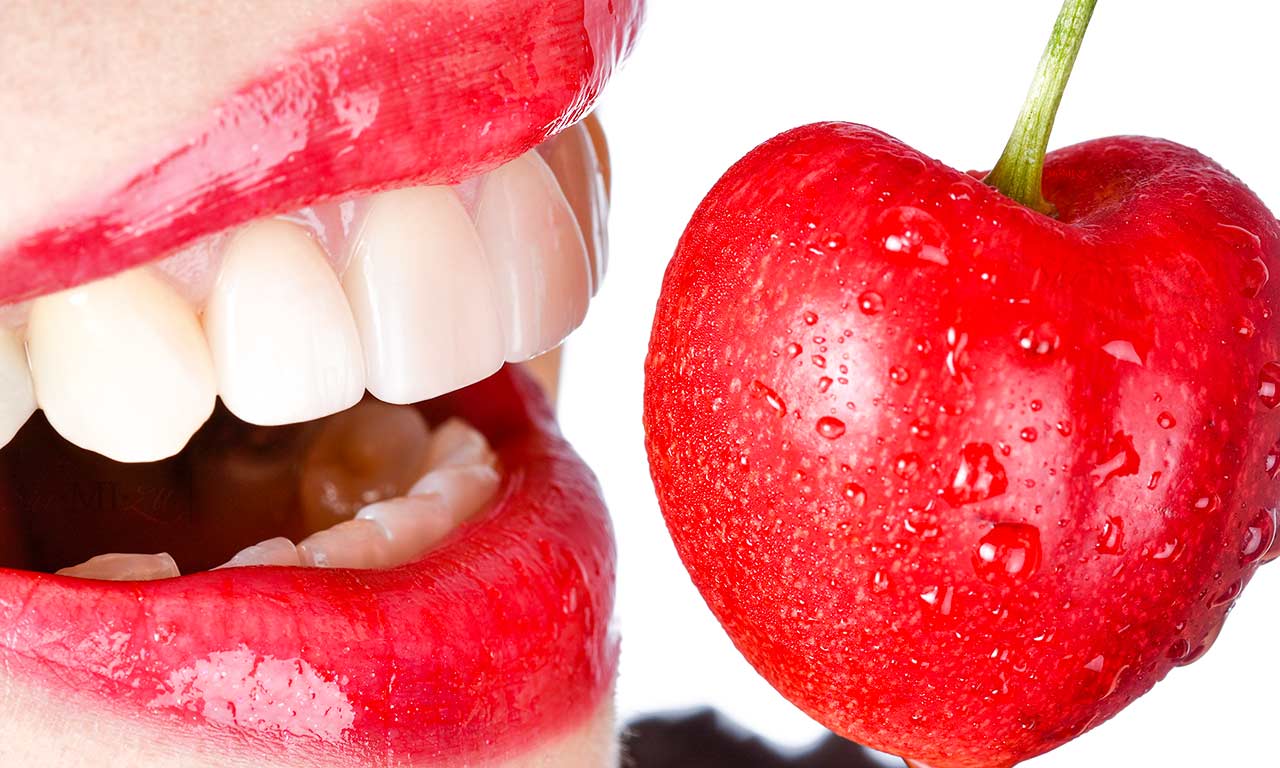When you have a blemished tooth, most dentists suggest getting two crowns or two veneers on either side of the problem tooth. It is a common practice, especially for upper central teeth or maxillary central incisors, to easily match the color of the new crown or veneer.
Surprisingly, many patients ask us to do two teeth in the center for better color matching. Why? Because your natural teeth have many colors in one tooth, getting two teeth will help resolve the color shade problem.
What if you need one crown or one veneer on your central teeth due to caries, discoloration, or chipping of the crown?
Suppose you must have only one tooth crowned or veneered, especially in the center. In that case, it is the most challenging area to match the color of the new crown or veneer to your existing natural teeth. This area is called the aesthetic zone because it is the center of your face. The upper central teeth are the most dominant and prominent in your mouth. They are an integral part of your face and your smile.
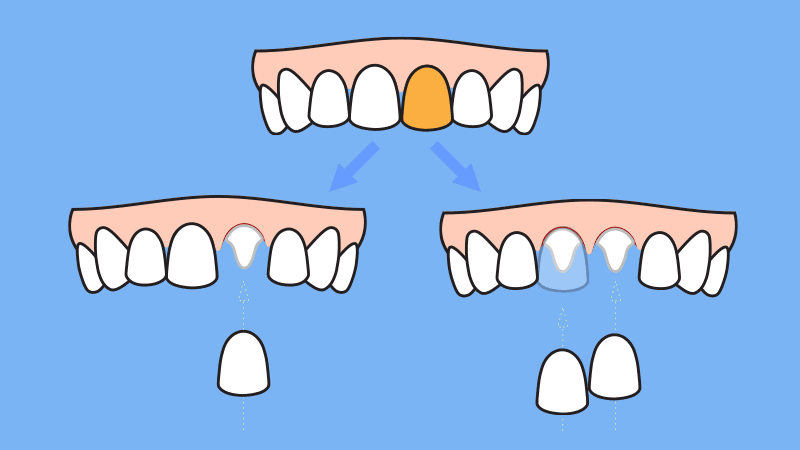
Replacing two prominent teeth together is a standard procedure because it is challenging to match tooth color and shape?
Suppose the shape and color do not match the tooth on the other side. In that case, it is very noticeable, and anyone can tell immediately. So, matching one upper central tooth to the natural dentition is the most difficult. The American Academy of Cosmetic Dentistry (AACD) requires passing this case type to become an accredited dentist like Dr. Ned Shimizu.
By doing both the maxillary right and left central incisors, at least the color of two prominent teeth will match exactly. Making those two teeth the same at the dental lab is easy. That is why dentists and even patients tend to do two teeth at a time, even if you do not have any cavities or other problems with the other teeth.
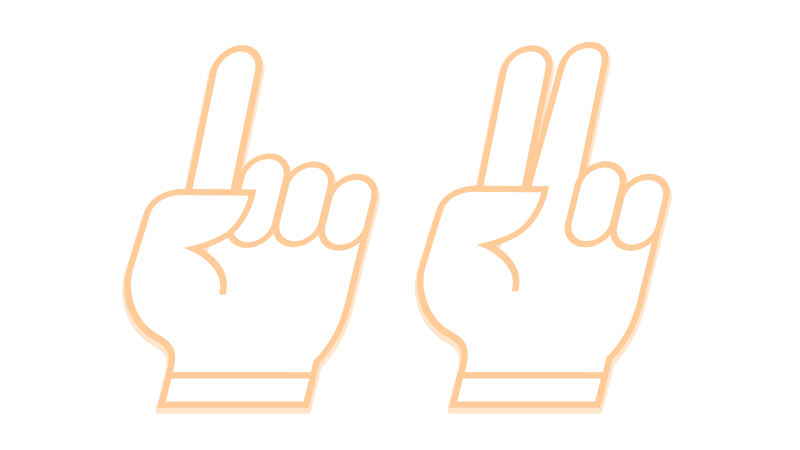
Should I replace the other central tooth?
The problem with doing two teeth instead of one tooth is double the cost, and you have to shave the healthy tooth. Insurance companies do not pay for the crown done to the healthy tooth. As you can imagine, the most robust teeth or ones that can last longer are the non-touched and caries-free teeth. Suppose you already have an old crown on the other side. In that case, it is a good idea to do two simultaneously, but if the other side is intact(no prior dental work), try not to touch it.
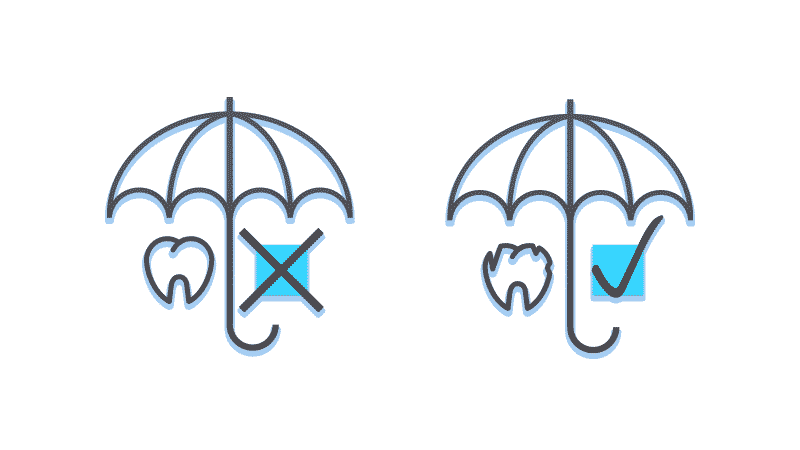
Of course, it is different if you want a smile makeover because you desire a perfect smile. You usually need 8-10 veneers to have an ideal smile. Here in our office, we match one central tooth to the natural dentition.
Our tooth color match procedures save your pocket
We try to avoid touching unnecessary teeth. Then how do we match the color to the natural dentition without working on the extra tooth? We place the color guide in the photo and take many pictures from different angles and magnifications, using a color-correction camera, strobe, and monitors.
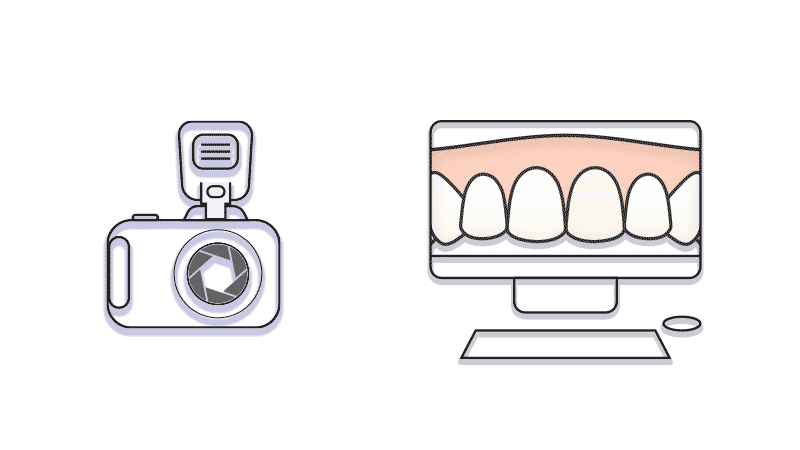
Finally, we draw a color mapping of the adjacent teeth to better communicate with the lab technician. Even if we do all of the above, sometimes we have to send the crown or veneer back to the lab for color modification.
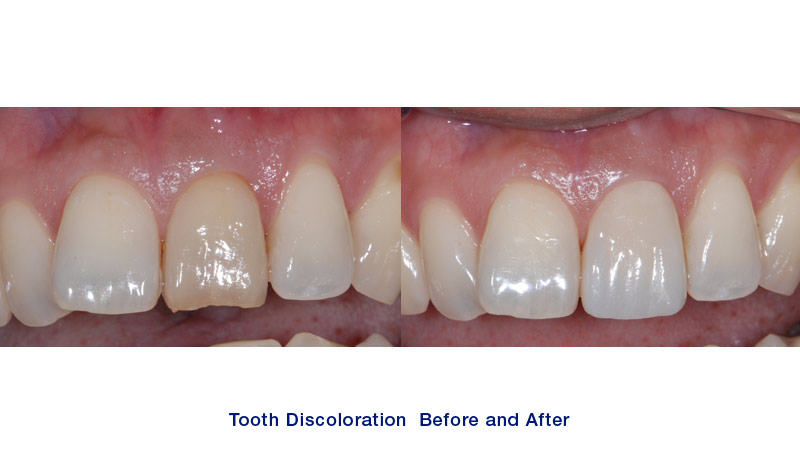
No additional cost for color matching for teeth
If color modification is necessary, we take all the photos with the crown or porcelain shell from the lab and the color guide. It requires extra time, but there is no additional cost. While waiting for the modification, patients wear a new temporary, which is very natural. This treatment is more like a regular cavity treatment and not a cosmetic smile makeover when we touch multiple teeth to have a perfect smile. However, we can avoid unnecessary treatment and save costs by utilizing cosmetic dentistry techniques. Most importantly, keep your dental health and longevity of the tooth and still get a natural result.
